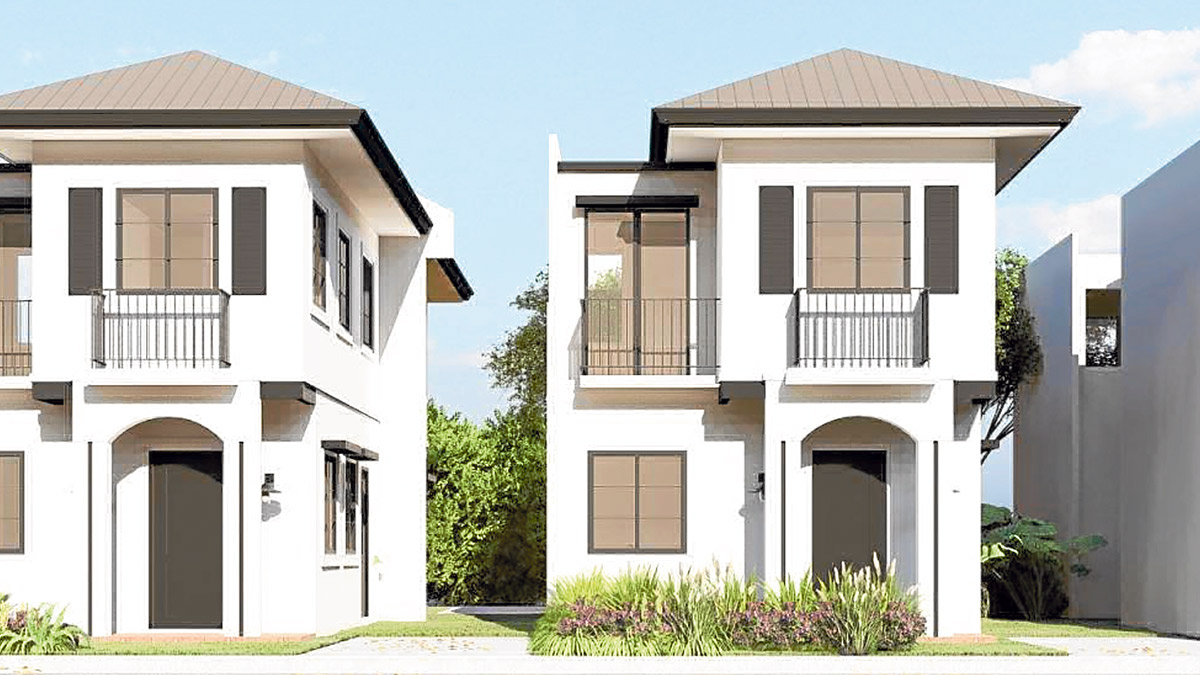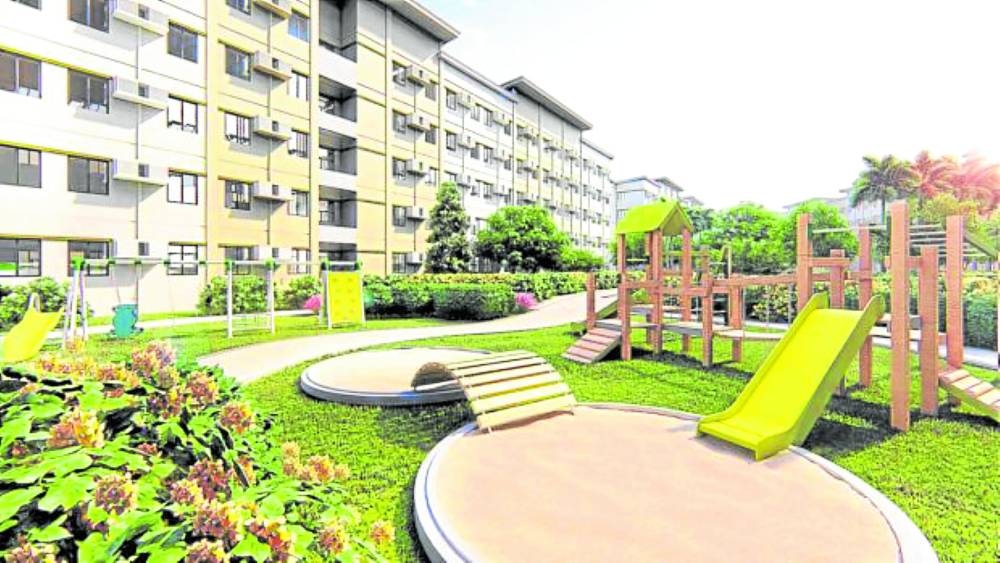
Developers like Ovialand are revolutionizing the housing market through quality materials as well as innovative and sustainable practices.
Over the years, many affordable housing projects have been characterized by low-grade design, substandard materials, and the need for more expertise. These tight, poorly designed spaces often transform homes into sources of stress rather than sanctuaries.
Poorly constructed houses also succumb to the country’s frequent natural disasters, such as typhoons and earthquakes. This history of inadequate housing has perpetuated a cycle of poverty and instability for many low-income Filipino families.
Nowadays, however, there are a few forward-thinking developers who are bringing quality to affordable housing. They are revolutionizing the housing market through quality materials as well as innovative and sustainable practices, all while keeping costs manageable for the average homebuyer.

Developing comprehensive community amenities fosters a sense of community and provides necessary recreational spaces. (FILE PHOTO)
Modern architectural solutions for economic housing
Considering the Philippines’ tropical climate, it is essential to design homes resilient to heat, humidity, and heavy rainfall. Architectural features such as wide eaves, proper ventilation systems, and reflective roofing materials can help keep homes cool and comfortable. These design elements enhance the living experience and reduce energy consumption and costs.
Safe and appropriate community amenities
Developing comprehensive community amenities such as parks, playgrounds, and multi-purpose halls fosters a sense of community and provides necessary recreational spaces.
Encouraging economic upliftment
Commercial zones can offer essential services such as daycare centers, clinics, and retail stores. Facilitating entrepreneurship and neighborhood services can help residents generate income and improve their living conditions. This economic upliftment can help families afford better education for their children, ensure decent meals, and consistently meet their financial obligations.
Infill panels and machine-manufactured components
Modular construction involves manufacturing sections of a building off-site and assembling them on location. Modular units are versatile and can be adapted to various design requirements, making them a practical option for economical housing projects.
Infill panels and other machine-manufactured components ensure high quality and consistency in construction. These components are produced in controlled factory environments, reducing the variability and defects commonly found in traditional on-site construction.
Affordable architectural finishes
Some architectural finishes use recycled waste materials as a cost-effective, sustainable approach. Materials such as recycled concrete, plastic composites, and reclaimed wood reduce environmental impact and provide affordable alternatives to traditional building materials. These innovations contribute to the creation of eco-friendly and economically viable housing solutions.
Investing in the training and development of local workers and enhancing their skill sets can improve the quality of craftsmanship. (HTTPS://ARCORO.COM)
Uplifting training and skill development
Investing in the training and development of local workers and enhancing their skill sets can improve the quality of craftsmanship in economic housing projects. Training programs can focus on modern construction techniques, safety standards, fair pay, and sustainable building practices, ensuring workers are well-equipped to deliver high-quality homes.
Tightening regulatory support
Streamlining the permitting process and providing regulatory incentives can accelerate the development of economic housing projects. Simplifying bureaucratic hurdles and offering tax breaks or subsidies make it easier for developers to invest in and complete these projects.
The author (at www.ianfulgar.com) is a leading architect with an impressive portfolio of local and international clients. His team elevates hotels and resorts, condominiums, residences, and commercial and mixed-use township development projects with innovative, cutting-edge design and business solutions that have garnered industry recognition, making him the go-to expert for clients seeking to transform their real estate ventures

